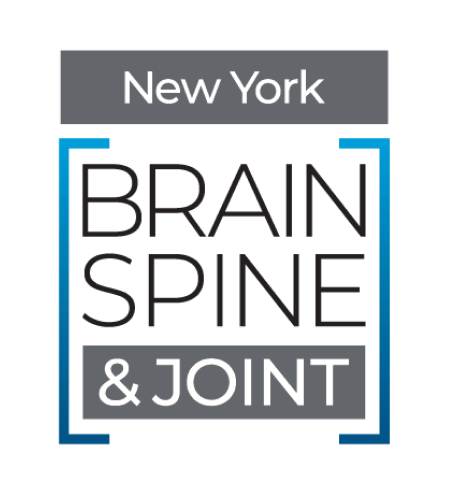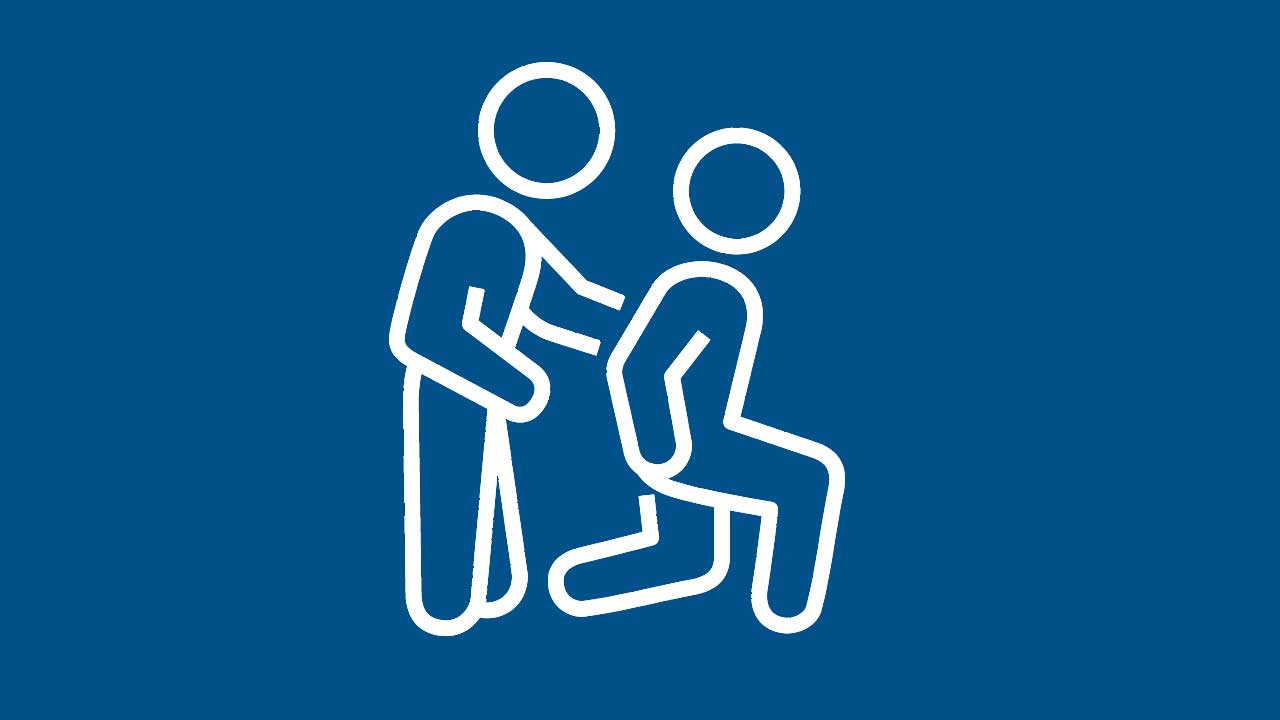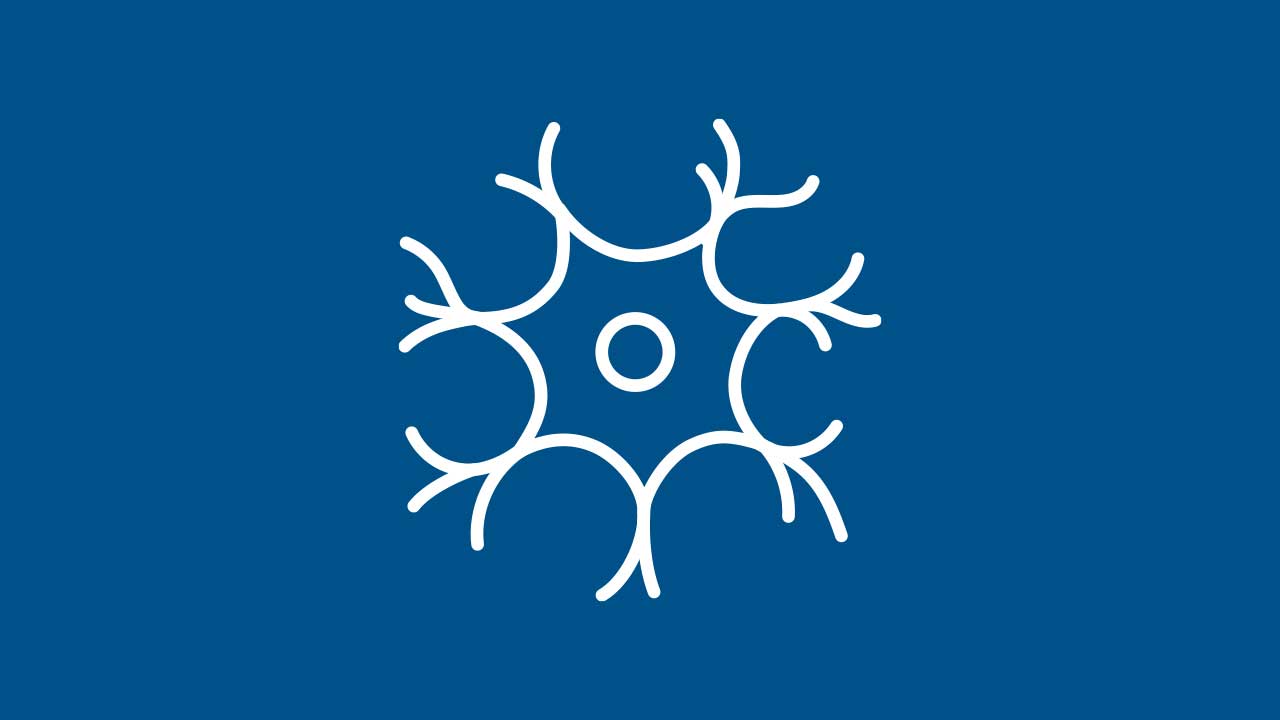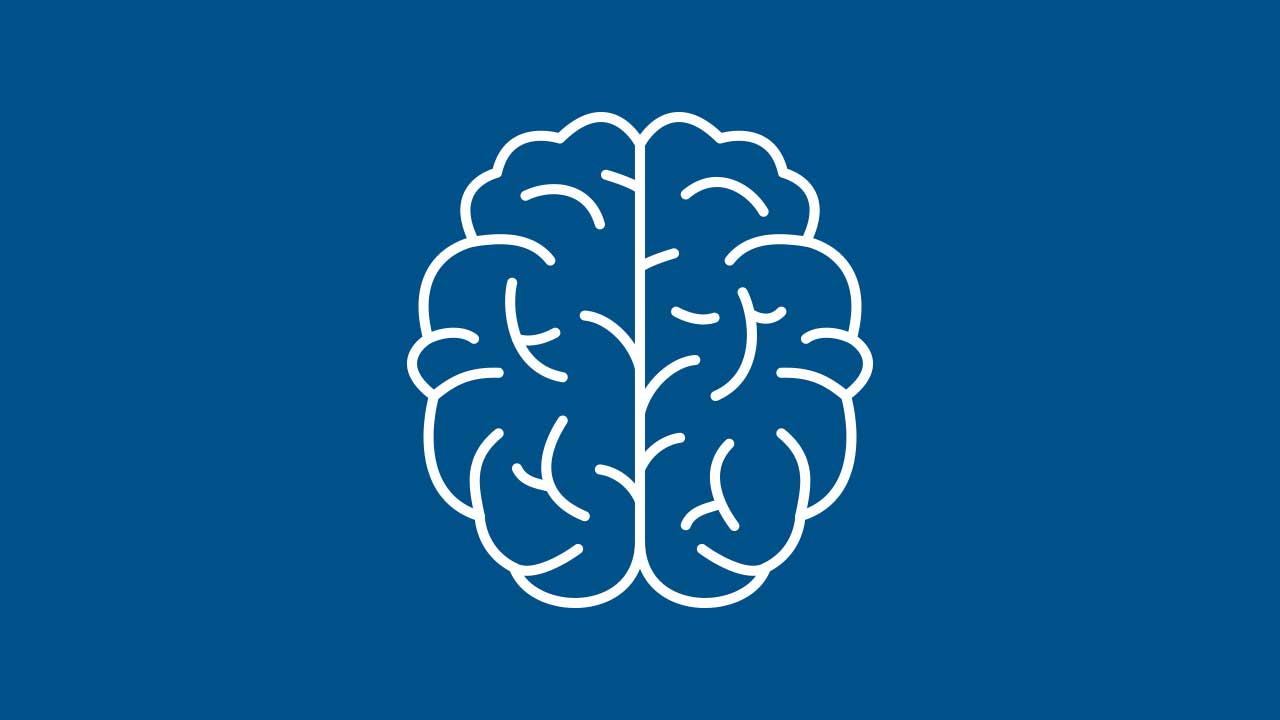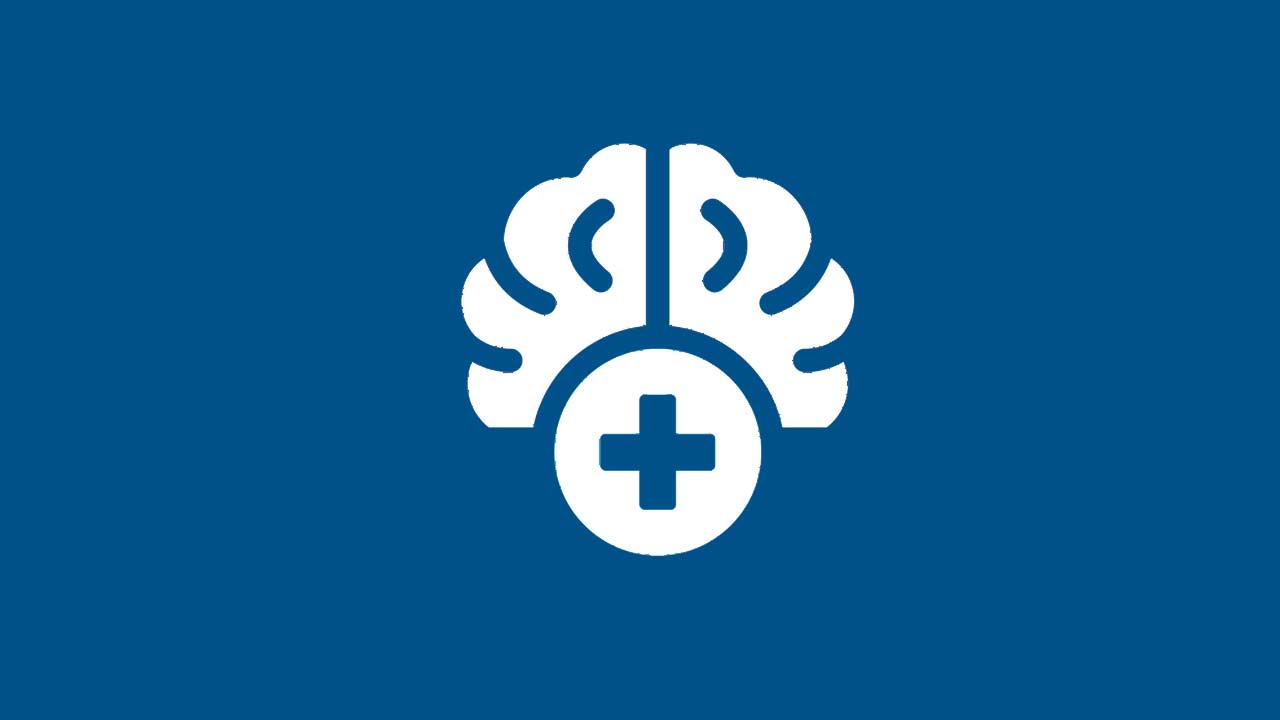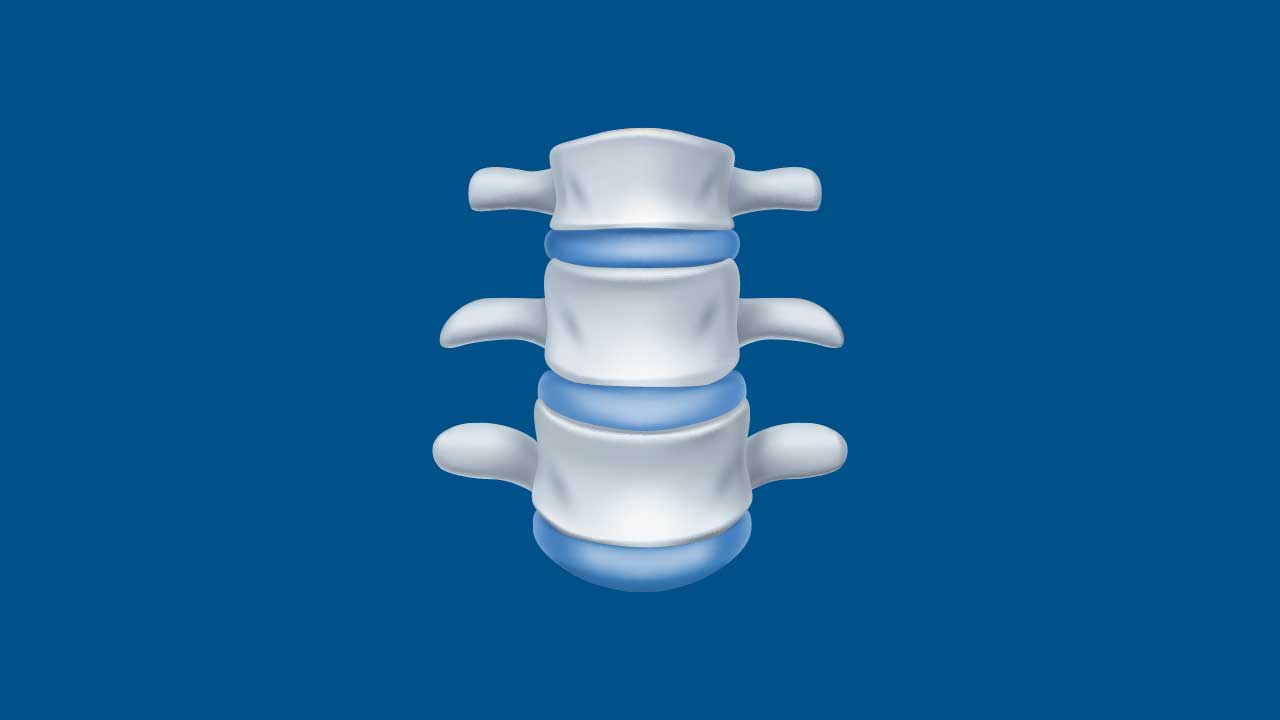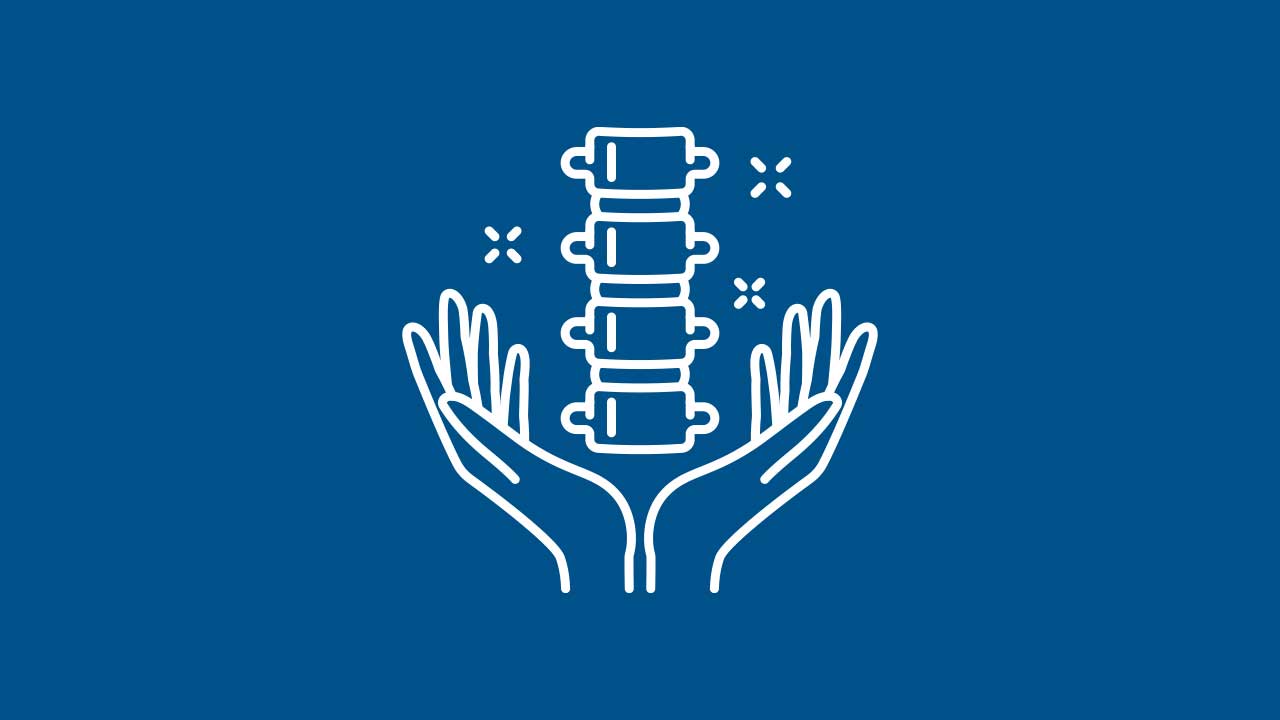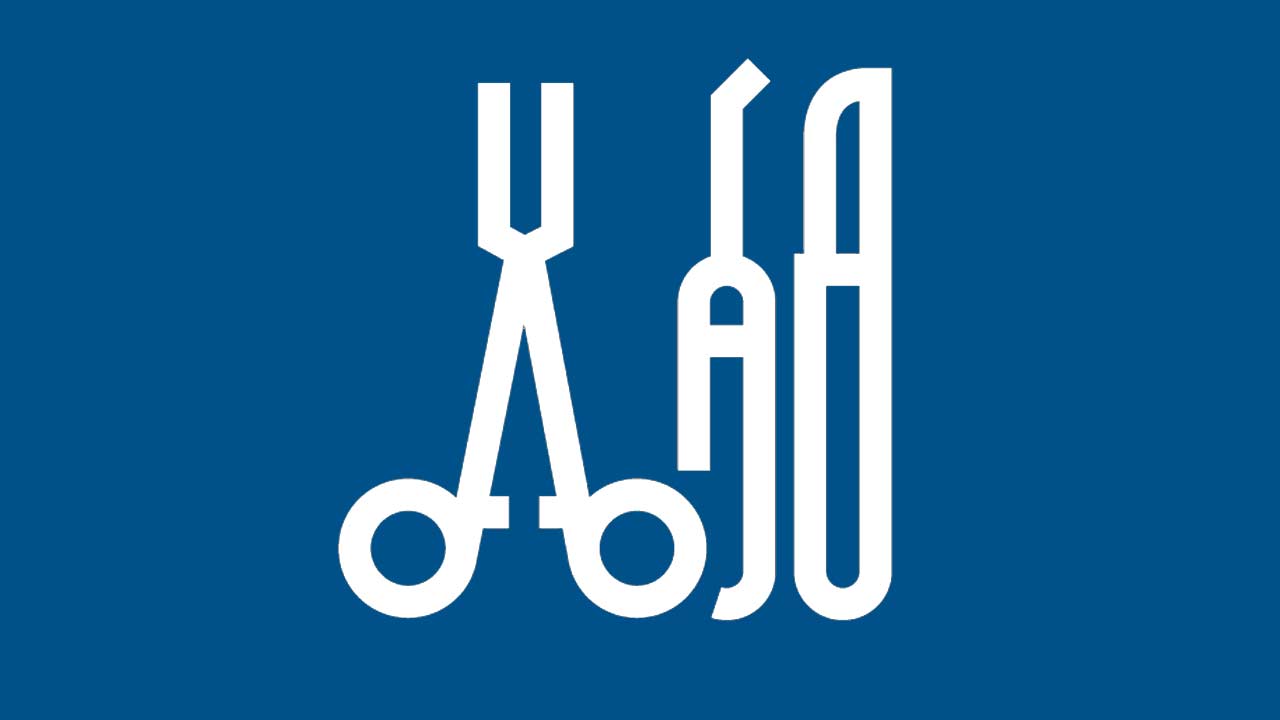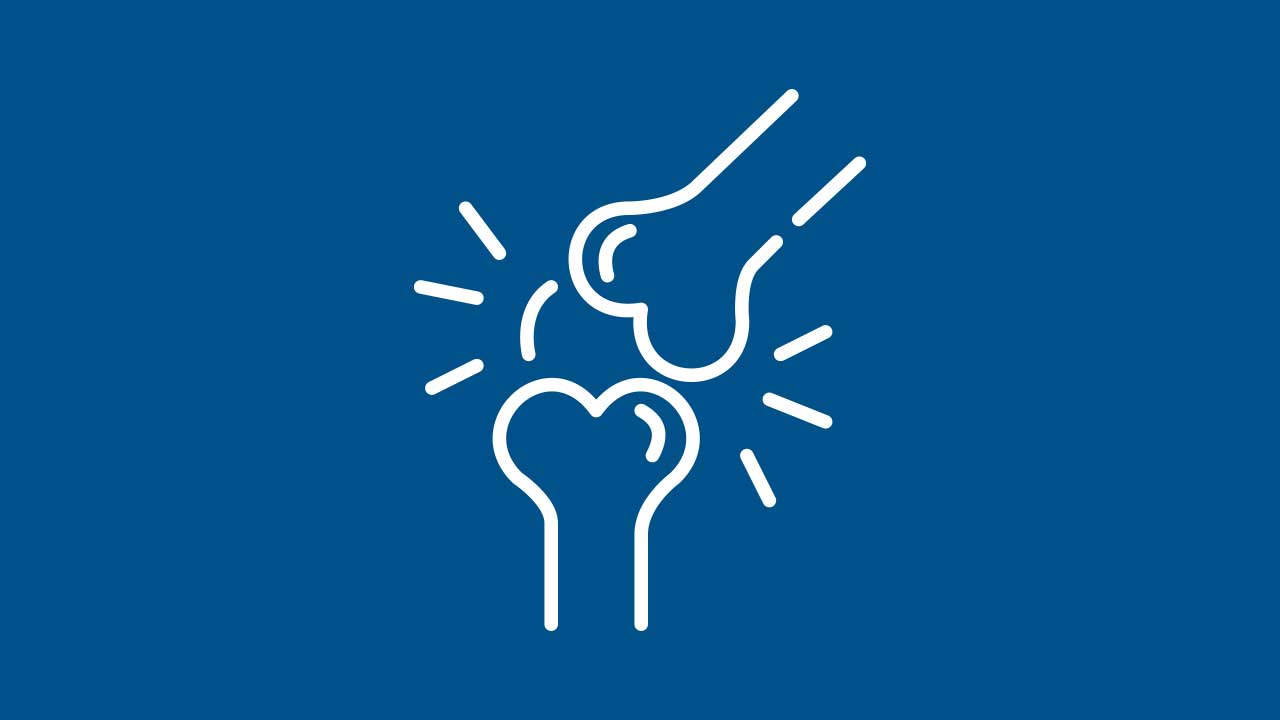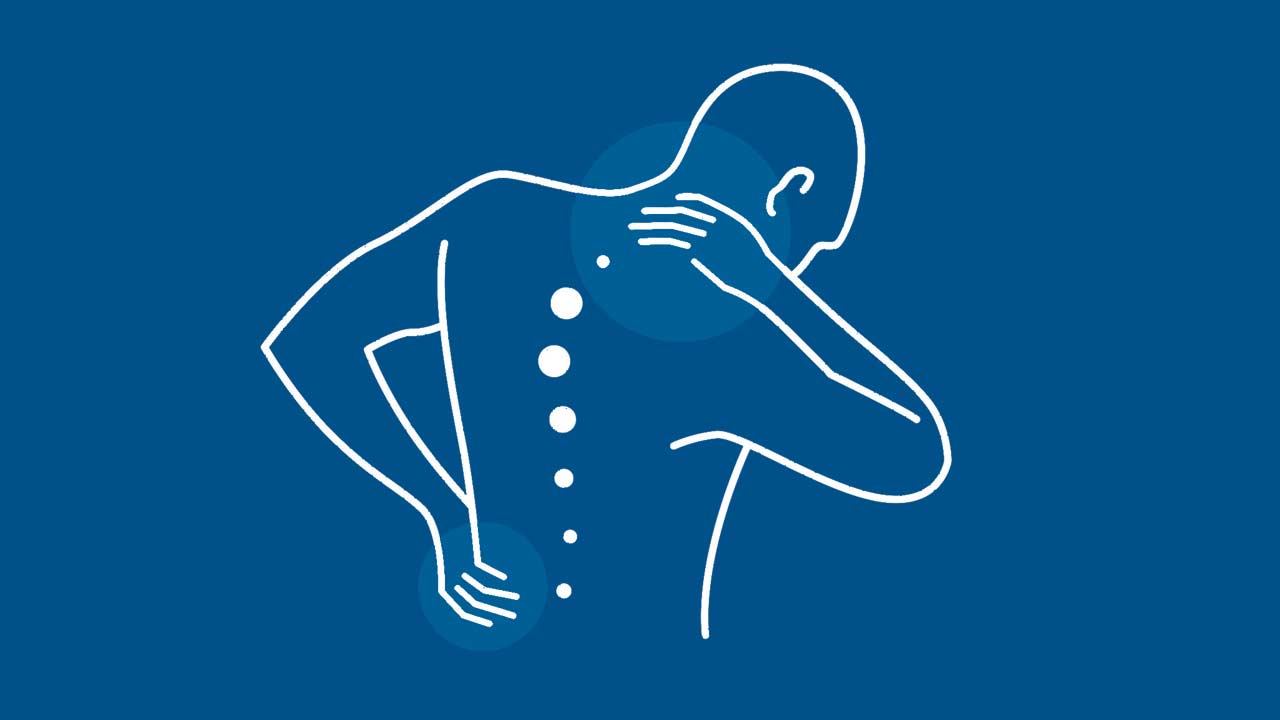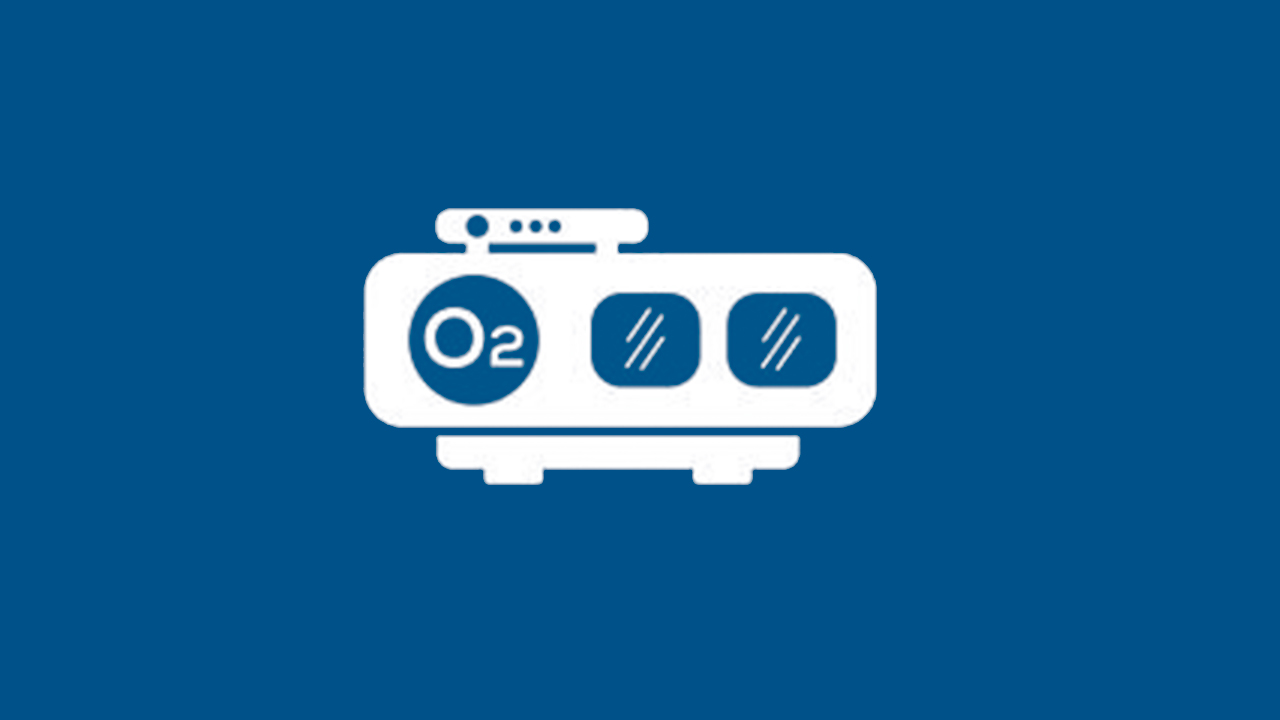Carotid Stenosis
Carotid Stenosis: Recognizing, Diagnosing, and Treating Narrowing of the Carotid Arteries
Carotid stenosis is the narrowing of the carotid arteries, the major blood vessels in the neck that supply blood to the brain. Over time, plaque can build up inside the arterial walls, restricting blood flow and increasing the risk of stroke. Early detection and treatment are critical in preventing serious complications.
Understanding the Carotid Arteries
Each side of the neck contains a common carotid artery that branches into an internal and external carotid artery. The internal carotid artery is primarily responsible for delivering oxygen-rich blood to crucial areas of the brain. When plaque (made of fats, cholesterol, and other substances) accumulates in these arteries, it can cause atherosclerosis, leading to narrowing (stenosis).
Causes and Risk Factors
- Atherosclerosis
Progressive buildup of plaques in the arterial walls. - Age and Genetics
Older adults and those with a family history of vascular disease face higher risks. - Lifestyle Factors
Smoking, high blood pressure, high cholesterol, obesity, and physical inactivity accelerate plaque formation. - Medical Conditions
Diabetes and inflammatory diseases may contribute to arterial damage.
Common Symptoms
Many individuals with carotid stenosis remain asymptomatic until the condition is advanced. However, warning signs include:
- Transient Ischemic Attacks (TIAs): Often called “mini-strokes,” these brief neurological episodes can manifest as sudden weakness, numbness in the limbs, facial droop, or speech difficulties, which resolve within minutes to hours.
- Stroke: A permanent neurological deficit due to a blocked or reduced blood supply to the brain.
Diagnosing Carotid Stenosis
- Physical Examination
Listening for a bruit (whooshing sound) over the carotid artery with a stethoscope. - Non-Invasive Imaging
Carotid Ultrasound: Assesses blood flow and plaque buildup.
CT Angiography or MR Angiography: Provides detailed images of arterial narrowing. - Conventional Angiography
An invasive test using contrast dye to accurately gauge the degree of stenosis.
Treatment Options
- Lifestyle Modifications
Quitting smoking, exercising regularly, and managing weight to slow plaque progression. - Medications
Antiplatelet Drugs (e.g., Aspirin): Reduce the risk of blood clot formation.
Statins: Lower cholesterol levels and stabilize plaques.
Antihypertensives: Control high blood pressure. - Procedures
Carotid Endarterectomy: Surgical removal of plaque from the carotid artery.
Carotid Artery Stenting: Placement of a stent to keep the artery open and improve blood flow.
Recovery and Long-Term Prevention
- Cardiac Rehabilitation: Structured programs may guide exercise, dietary changes, and risk-factor management.
- Regular Monitoring: Follow-up imaging to track any changes in arterial narrowing.
- Compliance with Medications: Ensuring blood pressure, cholesterol, and other risk factors are well-managed.
Our Multi-Disciplinary Approach in NYC
In our multi-location, multi-disciplinary medical practice in the New York City metro area, vascular surgeons, neurologists, cardiologists, and rehabilitation specialists collaborate to offer comprehensive care for carotid stenosis. Patients benefit from state-of-the-art imaging, minimally invasive procedures, and ongoing support for risk-factor modification.
Additional Resources
Conclusion
Carotid stenosis is a major contributor to stroke risk, yet with proactive diagnosis and treatment—ranging from medication and lifestyle changes to surgical intervention—patients can significantly reduce the likelihood of severe complications. Our dedicated team in NYC is committed to providing patient-centered, advanced care to ensure the best possible outcomes.
Disclaimer: This article is meant for informational purposes and does not replace professional medical advice. Always consult a healthcare provider for personalized guidance.
